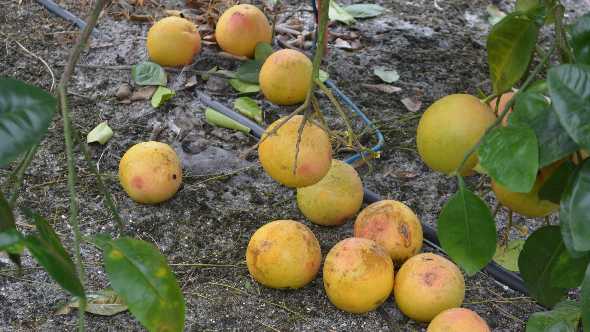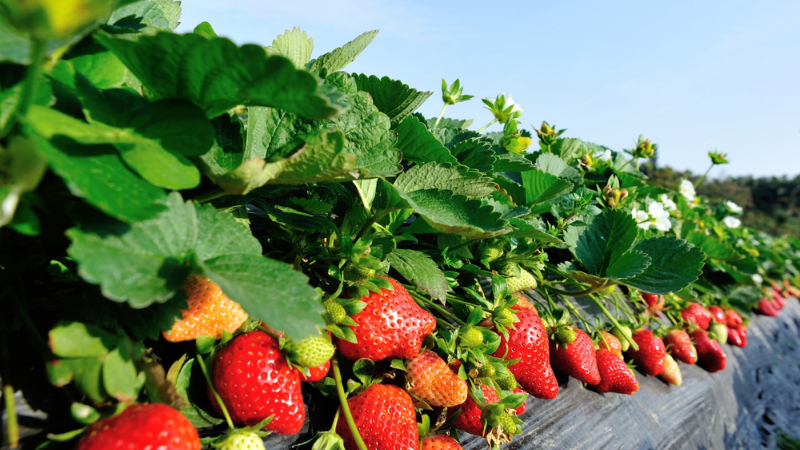Can New Algorithm Help Solve Citrus Fruit Drop Dilemma?
A UF/IFAS researcher claims to have found a new technique that could help citrus growers answer why so much fruit is dropping to the ground prematurely.

Photo by Frank Giles
In a newly published study, Wonsuk “Daniel” Lee, a UF/IFAS professor of agricultural and biological engineering, and a team of researchers devised an algorithm that helps cameras detect decayed citrus. This research follows a study published two years ago in which Lee found an algorithm to accurately find and count fruit that had dropped from trees in citrus groves.
UF/IFAS researchers are trying to find methods to control the citrus greening disease. A lot is riding on the outcomes of that research. For instance, American growers produced 5.8 million tons of citrus in 2014-2015, down 350,000 tons from 2013-2014, according to the USDA.
While there is no known cure for greening, it’s important to know its locations and how much damage the disease caused at those sites so growers can mitigate the disease, a new study led by Lee says.
One indicator of the severity of damage is the number of dropped fruit. The other is how much the fruit has decayed once on the ground.
“Daniel and his team are developing methods that will allow a grower to scan many acres to quickly and accurately estimate the severity of citrus fruit drop at any given time,” said Fritz Roka, UF/IFAS Associate Professor of Food and Resource Economics and a co-author in the study led by Lee.
Lee and his colleagues used their camera equipment to take images of citrus at a commercial grove in Immokalee, FL. The proposed algorithm improved accuracy of decay compared to previous studies, Lee said.
By estimating citrus fruit drop and creating a fruit-drop map, a grower could create citrus management strategies specific to certain locations. For example, growers can implement better fertilization and irrigation programs that can help treat greening-infected trees to delay tree death and prevent tree infection.
The machine vision system demonstrated it could be further redeveloped into a real-time system for use in commercial citrus groves, Lee said.
Findings from the study are published in the journal Computers and Electronics in Agriculture.









